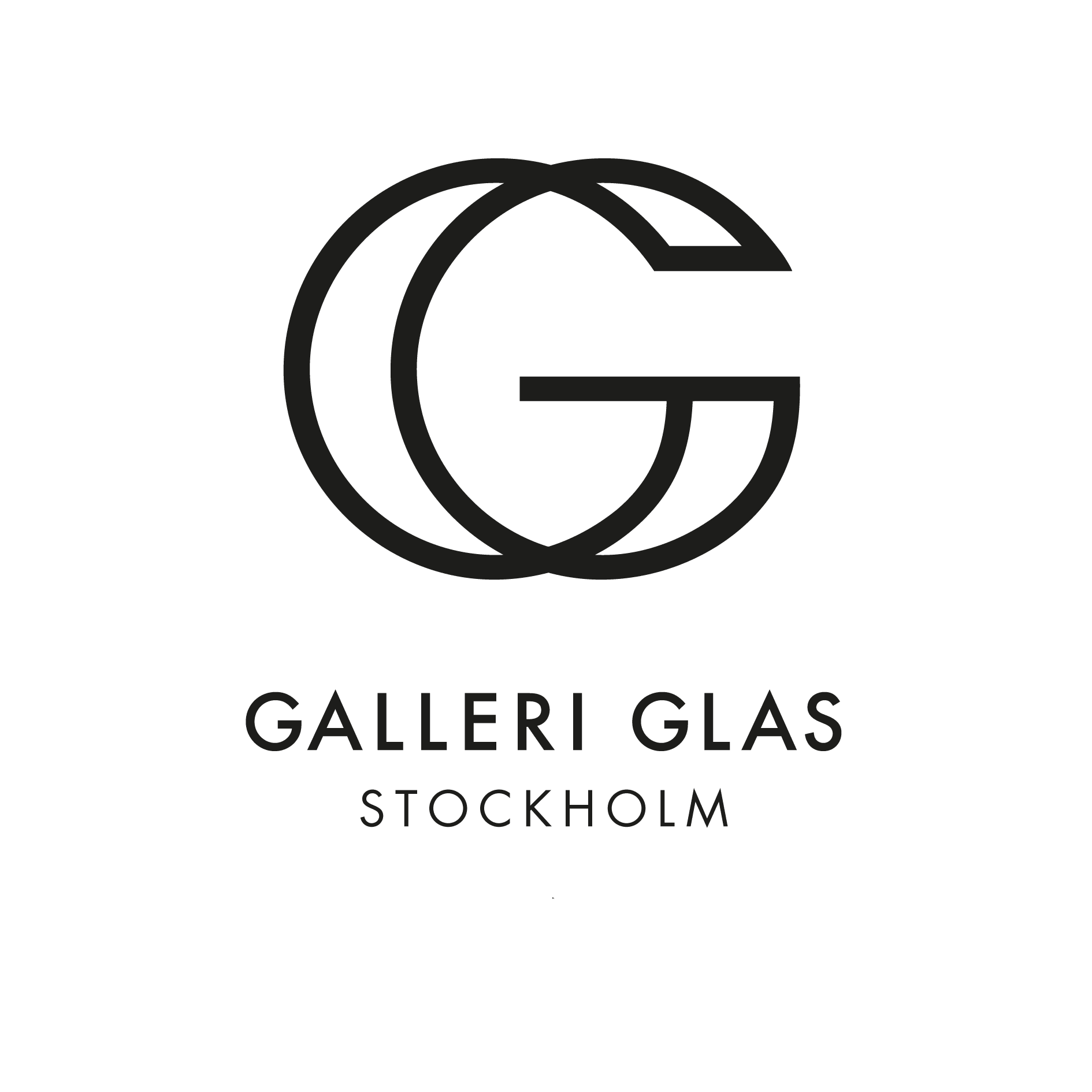Flaskpost: Sigfrid Billgren
I think that the materials and techniques that one chooses as an artist can sometimes give clues as to one’s personality. If, as an artist, one chooses acrylic paint rather than oil paints, this can indicate a degree of impatience. That what is to be narrated must be presented immediately and cannot wait for layer upon layer of paint to dry. Perhaps it reveals that there is an attitude of “couldn’t care less” as compared with the painter in oils who seeks to use his art to achieve immortality.
In Sigge’s acrylic paintings I can see nothing of attitude or a need for positioning. Neither in conversations we have had nor in what he creates. Unspoiled, he enters the world by making use of every minute while doing the best he can out of what he finds most enjoyable. I think that Sigge only sees possibilities where others see limitations. I say this with a degree of jealousy, having myself been trained in a hard, narrow artistic tradition which allowed one to make 99 mistakes with a single correct version. The world of art claims to want to break with norms and structures – yet today it fosters ever stricter norms and structures, though in a different form. Sigge’s passion for painting goes beyond this. “I have not been handed a manual” he explains as he talks about his path to becoming an artist. “It is more heart than mind; like doing a puzzle.”
Seeing precedes words. This has several meanings: that the visual is what is real. That words struggle to describe something which cannot be fully explained. The relation between what we see and what we know, is never perfect.
We also need to talk a bit about Olle Bærtling. Like Sigge he took a different career path, working in a bank rather than following any of the traditional models and schools and that he made his debut as an artist quite late in life. For Sigge, Bærtling is a model and a school. He studied the master and positively marinated himself in what adds up to hours of studies of painting and paintings.
In some of Sigge’s paintings, the uncompleted triangles that Bærtling called “open forms” have a continuation some rather seem to want to create an image than to be an imaginary completed form. As though he has taken little sections of an ancient comic strip. Somewhere I read that the brain seeks to fill in what we cannot see in the eye’s periphery, continuing to build on something of which we do not have a complete image. We fill in the motif where we do not perceive everything with the eye. This is how certain of Sigge’s pictures that I give greater attention actually function. The colour green in a diagonal point continues downwards, becoming part of a scenario on a street. Upheaval and raised voices to both left and right within its frame.
Before me, Sigge leafs through his large thick pad in which an infinite number of little drawings jostle with each other for space. They feverishly fill sheet upon sheet of the paper. He shows me drawings on glass. Small investigative compositions. “The glass is a homage to his childhood, to design and to art. To a ‘triplet’ in me. Archaeology was the best thing he knew when he was little. It is like a dinosaur’s egg, charged with three symbolic aspects that were all important.” Among the drawings of objects and the handmade excel document that organizes his parallel conditions and projects. In my eyes they become works of art that predict the direction in which Sigge will continue to work.
Margot Barolo


